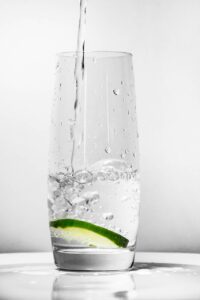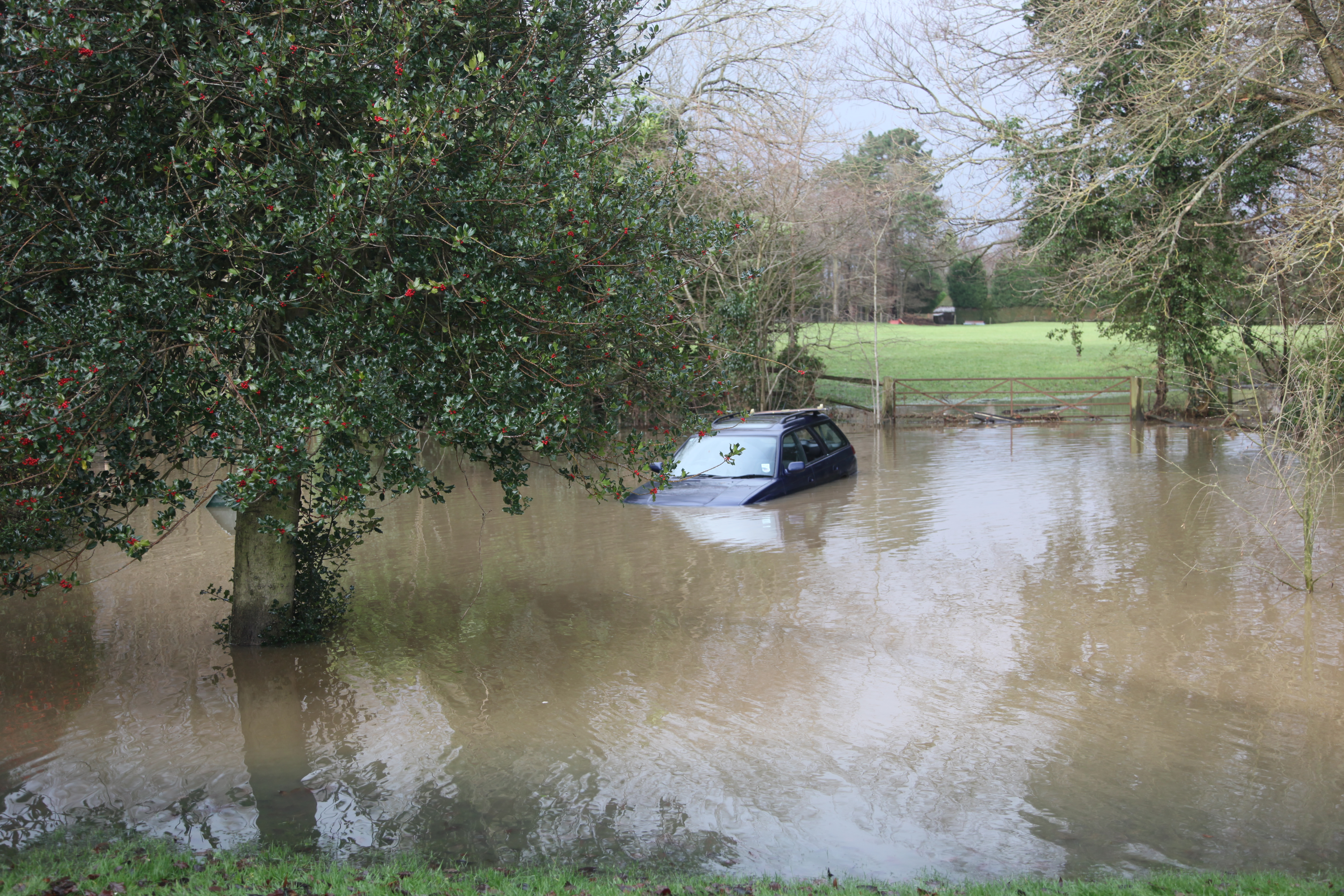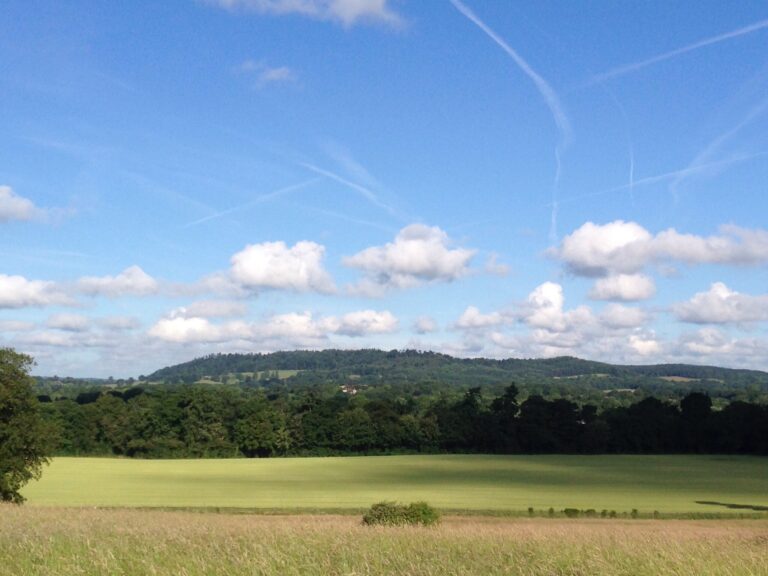It is important that everyone reports all water supply problems to Thames Water – even if others have done so.
When you report the problem to Thames Water please note the complaint reference and send it to us at Cranleigh Society info@cranleighsociety.org. We can collate the data and send it on to Angela Richardson MP as proof of the sheer quantity of problems and to enable us to follow up the response. The number of individual complaints is important and is necessary especially if you later wish to complain via OFWAT.
- official complaints line 0845 9200 800. (Minicom or Typetalk: 0845 7200 898).
- Call Thames Water on 0800 316 9800. 7 days a week, 24 hours a day. or write to
- Thames Water, PO Box 436, Swindon, SN38 1TU
twitter – @thameswater – “If you’re currently experiencing low pressure or have no water, the best place to check for an update is our website which is regularly updated – bit.ly/3xOqsAN. If the location you are in is not covered, please drop us a message so we can help you.”
Cranleigh Society is very grateful to Liz Townsend, our Surrey County Councillor as well as Waverley Borough and Cranleigh Parish councillor, who is actively chasing Thames Water and keeping the community informed via FaceBook posts and other media. We are liaising with Angela Richardson MP and Councillor Townsend to get a long term resolution to these never-ending supply issues
We need your help to keep pushing Thames to sort this fundamental issue out. They state that their strategy is to keep costs down – better for shareholders – and they say better value for money for customers. We believe their strategy needs a massive overhaul – managed replacements!
Water supplies to various parts of Cranleigh continue to be seriously affected. This is in addition to all the bursts.
Last weekend it was Gaston Gate and Rowly, now Ewhurst Road, Amletts Lane and Summerlands have been without water supplies or suffering low pressure.
Many of Cranleigh’s pipes are at the end of their design life. Many are made of forms of asbestos cement. There is no evidence that this can cause a health risk, but neither is it proved that they don’t.
.Cranleigh Society recently requested a statement on the risk assessment for supplying water through asbestos pipes. Here is the official response:
We asked Thames Water: In respect of the Environmental Information Regulations 2004, Clause 5 (2), please would you send us within 20 days of this request a copy of your risk assessment for supplying drinking water through pipes made of asbestos cement past the end of its 50 year design life where the identified hazard reinforcement used is crocidolite.
They replied – “Our risk assessment approach to management of drinking water supplies looks at all aspects of water quality and public health risk from source to tap in line with the WHO water safety plan approach and the DWI requirements under the WS (WQ) Regs. This requires a targeted risk characterisation for all hazards/hazardous events that could potentially impact on water quality and consumers’ health”. WHO – World Health Organisation – https://www.who.int DWI – Drinking Water Inspectorate.
Note that current DWI guidance is based on published papers on pipes made using chrysotile, though this is not differentiated by DWI other than in the appendices to the guidance, and note also that in the conclusions of the latest “draft WHO Guidelines for Drinking-water Quality” dated 14-Dec-2020 states “regarding the use of asbestos cement pipes for drinking water “the data on ingestion are unclear”.
We also asked – Note also that section 8.2 of the WHO document states that it is “important” not to supply drinking water through asbestos cement pipes in areas of aggressive pH, and please confirm how your risk assessment covers this point.
As the WHO has stated in its draft guidance [referred to in the request], “Because there is no consistent, convincing evidence for adverse health effects from the ingestion of asbestos fibres in drinking water, it is considered not appropriate or necessary to establish a guideline value for asbestos fibres in drinking-water”. Additionally, in a recent review of the European Drinking Water Directive, the WHO advised that asbestos would be considered a very low priority for inclusion in the drinking water directive due to limited health significance through ingestion. Therefore, we have not included a specific requirement to consider asbestos as a specific hazard in our risk assessment approach. As with all risks to health, we will keep this under review should the WHO/DWI advice and guidance change. We do ensure that the drinking water in all our pipework is not aggressive and where necessary apply pH and alkalinity control as part of the treatment process to maintain a neutral pH that controls corrosivity.
To summarise, there is no evidence of adverse health effects from asbestos pipes, but that is because no-one has actually researched the issue. What concerns us is when the pipes actually burst. The question is are there fibres present in our drinking water?
It is however undeniable that the pipes are at the end of their design life. This is why they are constantly failing.
We believe Thames Water should replace all the relevant pipes throughout the area, not just piecemeal replacement of short sections. If you agree please tell us and tell Thames Water.
Cranleigh Civic Society will keep pushing to keep us all safe.
Adrian Clark “WHO report 2020 Here’s the latest update from WHO, issued last December. There’s nothing new in it about crocidolite (blue asbestos, the nasty one). Here’s the main comment I found interesting: It’s mostly based on old (70s and 80s) reports done on chrysotile (white asbestos which we’re not so worried about). Some of it was done by the asbestos industry themselves to allay public fears. You could get away with that back then. If WHO has nothing, then neither would Thames Water of course.”



